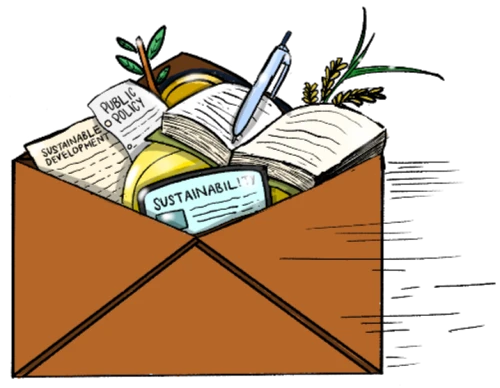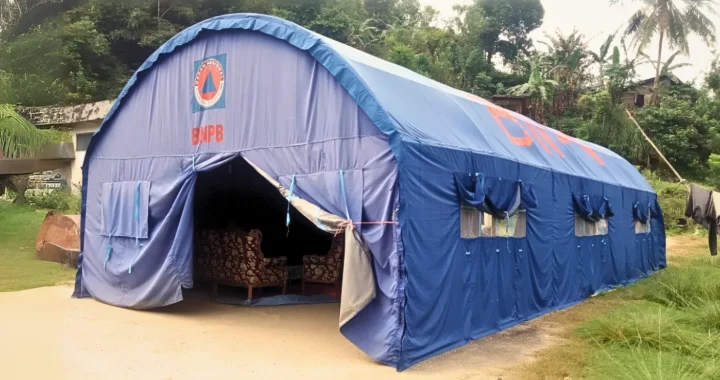Multidimensional Poverty: How poverty is not just about money

Illustration: Irhan Prabasukma.
Poverty is one of humanity’s oldest, most persistent problems. It is a significant obstacle that limits people’s access to support, opportunities, and chances to ever lead a prosperous life. Strengthening efforts to eradicate poverty requires a better understanding of the issue, such as through multidimensional poverty. What is the current state of global poverty? How is poverty multidimensional?
Understanding Multidimensional Poverty
When people say poverty, they often refer to not having enough money to fulfill basic needs. However, reducing poverty into a matter of financial insufficiency means overlooking the complex nature of the issue. Consequently, it can also limit the possible actions to eradicate poverty.
The nature of poverty is multidimensional. In other words, poverty encompasses the deprivation experienced by people across multiple aspects of their lives, such as poor health, lack of education, and low living standards. The factors that cause poverty are also extensive, interconnected, and largely systemic.
Today, people across the globe face a severe cost-of-living crisis, driving millions more to poverty. For instance, food prices have been at historic highs in recent years. This causes many to skip meals or buy cheaper and less nutritious food, leading to malnutrition and health problems, especially in children.
Issues that cause poverty are the same ones that impact the poor the most. Climate change, natural disasters, global heating, conflicts, food insecurity, land degradation, gender inequality, education crisis, and healthcare crisis are among those issues. Additionally, marginalized and vulnerable groups – such as women, people with disabilities, and Indigenous peoples – are at higher risk of going into poverty. They are also the most impacted by poverty.
Looking into these interconnected factors beyond ‘money’ is key.
State of Global Poverty
The UN estimates that about 670 million people are living in extreme poverty. Here, extreme poverty is defined as living below $2.15 a day. According to the Sustainable Development Goals Report 2023, current trends will lead to approximately 575 million people still living in extreme poverty by 2030, with most in sub-Saharan Africa.
Meanwhile, the Global Multidimensional Poverty Index (MPI) measures deprivations across 110 countries. It uses ten indicators covering health (nutrition and child mortality), education (years of schooling and school attendance), and living standards (cooking fuel, sanitation, drinking water, electricity, housing, and assets) to determine a person’s state of deprivation. A person is considered multidimensionally poor if more than ⅓ of the indicators are deprived.
According to the Global MPI report, as many as 1.1 billion people are considered poor. From that number, nearly 991 million people live with low living standards, and 600 million people live with a malnourished person in their households. Most of the world’s poor come from sub-Saharan Africa (534 million people) and South Asia (389 million people).
Ways Forward
The Sustainable Development Goals dedicate its first goal to end poverty in all its forms everywhere. As the SDGs targets are interconnected, understanding multidimensional poverty is crucial to developing well-informed, efficient policies for poverty eradication. Some countries have adopted multidimensional poverty indicators in their strategies to end poverty. Despite this, progress has been limited.
Governments and other stakeholders must target the underlying factors to systematically reduce poverty. Meanwhile, robust social protection such as universal healthcare, humanitarian aid, decent work regulations, and gender-responsive policies are crucial in limiting the disproportionate impacts of climate change and other crises on the poor. After all, our efforts to achieve prosperity for people and the planet must not leave anyone behind.

Subscribe to Green Network Asia
Strengthen your personal and professional development with cross-sectoral insights on sustainability-related issues and sustainable development across the Asia Pacific and beyond.




 How Plant the Emirates Aims to Support Food Self-Sufficiency in the UAE
How Plant the Emirates Aims to Support Food Self-Sufficiency in the UAE  GRI’s Updated Sustainability Standards on Climate Change and Energy
GRI’s Updated Sustainability Standards on Climate Change and Energy  Looking into Biochar as a Bioremediation Agent
Looking into Biochar as a Bioremediation Agent  Australian Climate Visa for Citizens of Tuvalu: Showcasing cross-border partnership in light of the climate crisis
Australian Climate Visa for Citizens of Tuvalu: Showcasing cross-border partnership in light of the climate crisis  Nickel Mining in Raja Ampat and the Widespread Cost of Natural Resource Exploitation
Nickel Mining in Raja Ampat and the Widespread Cost of Natural Resource Exploitation  Lumbung Sosial: Challenges and Opportunities of Indonesia’s Social Barn Program
Lumbung Sosial: Challenges and Opportunities of Indonesia’s Social Barn Program